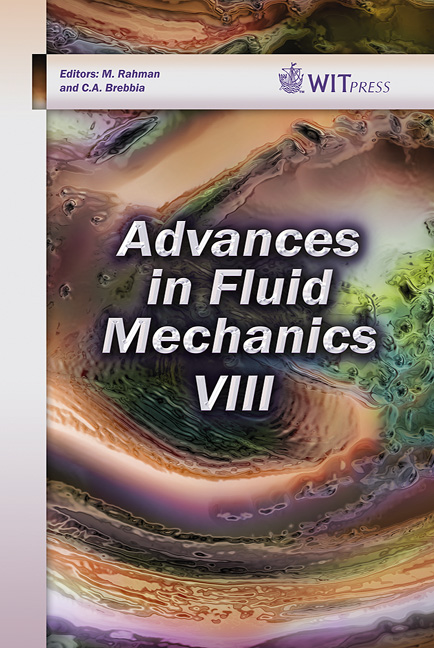Turbulence Combustion Closure Model Based On The Eddy Dissipation Concept For Large Eddy Simulation
Price
Free (open access)
Transaction
Volume
69
Pages
12
Page Range
27 - 38
Published
2010
Size
954 kb
Paper DOI
10.2495/AFM100031
Copyright
WIT Press
Author(s)
B. Panjwani, I. S. Ertesvåg, A. Gruber & K. E. Rian
Abstract
Modeling of turbulence-chemistry interaction is still a challenge. Turbulence modeling with Large Eddy Simulation (LES) has been matured enough for industrial problems. In LES eddies up to the filter width are resolved on the grid scales, but the fine structures where combustion takes place are still not resolved, which calls for combustion modeling in LES. Combustion closure in LES is achieved through a Turbulence Chemistry InteractionModel (TCIM). Most of the developed TCIM are based on the already existing RANS model. In the present study, a TCIM based on the Eddy Dissipation Concept (EDC) is proposed for large eddy simulation. The model is formulated from subgrid viscosity and filtered strain rate tensor. EDC model constants are modified to account for the partial energy cascading in LES. The other model used in this study is the steady state Flamelet model. Another issue with reacting flows is the solution of the pressure correction Poisson’s equation with density time derivative term, which causes severe time constraint per iteration. Density time derivative is the most destabilizing part of the calculation when the density from equation of state is used. In the present study density is formulated from species mass fraction, which is numerically stable and computationally less expensive. LES of the H2/N2 \“FlameH3” non-premixed unconfined turbulent jet flame is performed using LESEDC and Flamelet model. The Reynolds number based on nozzle diameter and jet bulk velocity is 10,000. The chemistry used for LES-EDC model is a fastchemistry. Results of the simulations in the form of means and variances of
Keywords
LES, EDC, Flame H3, FLOWSI





